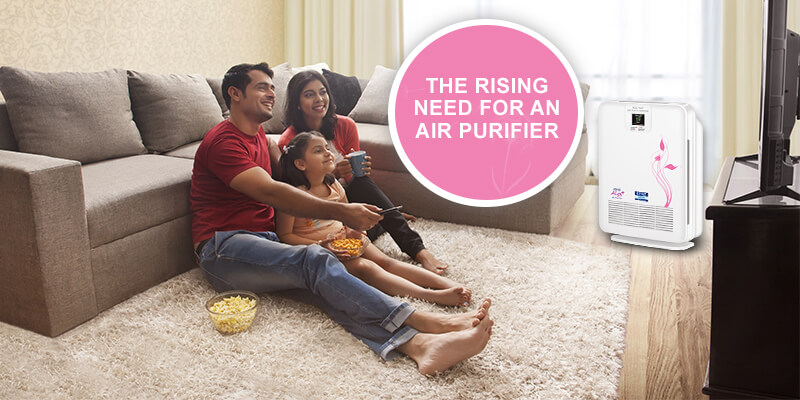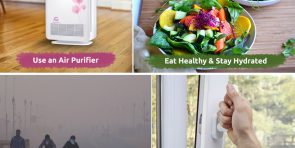The Rising Need for an Air Purifier
Air pollution has become a never-ending problem, especially for Delhi. A recent report by Greenpeace and AirVisual states that Gurugram is the most polluted city in the world. In addition to Gurugram, 6 other cities topped the list of the most polluted cities in the world. In fact, India, which is the fastest-growing economy, is home to 22 out of the 30 most polluted cities in the world. The deteriorating air quality also has an impact on the indoor air. This is the reason why it is necessary to take the right steps to deal with indoor as well as outdoor air pollution.
How Does Outdoor Pollution Affect Indoor Air Quality?
Let’s try to understand how outdoor pollution affects indoor air quality. Indoor air pollution can be more deadly than outdoor pollution as it has an impact on the places where you spend approximately 80% of your time. It has been observed that the indoor air level is approximately 2-5 times more polluted than indoor air. Indoor air pollution is measured in 3 different ways-
- PM 10: Particulate matter that is smaller than 10 microns such as dust, pollen, and mold.
- PM 2.5: particulate matter that is lesser than PM 2.5 microns. Most PM 2.5 are produced by vehicle exhaust, factory emissions, smoke, and other biomass fuels. PM 2.5 also contains ultrafine particles (UFP), which are less than 0.1 microns in size and small enough to penetrate your lungs.
- Tropospheric ozone: Also known as smog, ground-level ozone (O3) is emitted from heat reacting with pollutants in the atmosphere. Nitrogen dioxide (NOx), and Volatile organic compounds (VOCs) are the common sources of Ozone.
The indoor air quality is affected when you open the doors, and windows, as well as cracks in the walls, doors, and window sealants. When outdoor pollution is on the higher side, ventilating your home can affect the indoor air quality. There is a significant increase in the level of PM 2.5 and PM 10 when polluted outdoor air infiltrates your home.
So, How can an Air Purifier Help?
To control indoor air pollution, you need to take some precautionary steps. Installing a HEPA air purifier tops the list of precautionary measures to ensure that you stay safe from indoor pollution. An air purifier for home from a brand such as KENT uses a 4 step purification process to remove 99.97% of particles from the indoor air. The HEPA filters trap 99% SPM, which is less than 0.3 microns in size. HEPA filter also plays an important role to catch and trap indoor carcinogen particles such as pollen, allergens, mold, and cigarette smoke. If you are expecting, or have kids, or patients suffering from allergies, make sure you get a HEPA air purifier at the earliest.






Hi,
Greetings from KENT RO Systems. It would be a pleasure to serve you. Please let us know if there is anything we can help you with.
Regards,
Team Kent